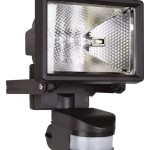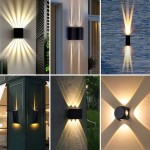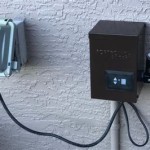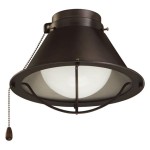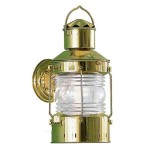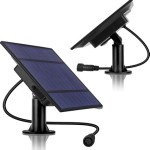Essential Aspects of Outdoor Swimming Pool Lighting Design Guidelines
Creating an outdoor swimming pool is a dream for many homeowners. However, to truly enjoy your pool to the fullest, you need to consider outdoor swimming pool lighting design. Proper lighting can enhance the beauty, safety, and functionality of your pool area, allowing you to extend the hours of enjoyment.
Here are essential aspects to consider when designing your outdoor swimming pool lighting:
1. Safety First
The primary purpose of pool lighting is to ensure safety. Underwater lights illuminate the pool, making it easier for swimmers to see obstacles, steps, and edges. This reduces the risk of accidents, especially at night.
2. Aesthetic Enhancement
Outdoor swimming pool lighting can transform your pool into a stunning visual centerpiece. Underwater and perimeter lighting can create dramatic effects, enhancing the ambiance and making your pool area more inviting.
3. Functionality
Lighting should extend beyond safety and aesthetics to provide practical benefits. Consider lighting pathways leading to the pool, as well as surrounding areas like patios and decks. This improves accessibility and allows for late-night swims or gatherings.
4. Types of Lighting
There are various types of pool lighting available, each with its advantages:
- Underwater Lighting: Mounted inside the pool, these lights illuminate the water and provide visibility.
- Perimeter Lighting: Installed along the pool's edge, these lights define the pool's shape and create a stunning ambiance.
- Deck Lighting: Fixtures placed on or around the pool deck provide illumination and safety.
- Pathway Lighting: These lights guide guests to the pool area and ensure safe navigation.
5. Placement and Distribution
The placement of lights is crucial for optimal illumination. Underwater lights should be positioned evenly around the pool, while perimeter lighting should outline the pool's shape and steps. Pathway lighting should be spaced appropriately to provide a safe and well-lit path.
6. Color Temperature
The color temperature of the lights affects the ambiance of the pool area. Warm colors like amber or incandescent create a cozy and inviting atmosphere, while cooler colors like white or blue produce a brighter, more energizing effect.
7. Energy Efficiency
Consider using energy-efficient LED lights, which last longer and consume less energy than traditional bulbs. They can save you money on electricity bills while reducing your environmental impact.
By following these guidelines, you can create an outdoor swimming pool lighting design that enhances safety, aesthetics, and functionality, allowing you to enjoy your pool to its full potential.

Indonesia Swimming Pool Lighting Project

A Beginner S Guide To Pool Landscape Lighting Types Tips And Other Considerations

Guide To Pool Lights Led Fiberoptic Solar

Swimming Pool Design Style Guide Designs

Guide To Pool Lights Led Fiberoptic Solar

Considerations And Design Guidelines For Nicheless Lighting Pool Spa Marketing

4 Ways To Light Up Your Pool At Night
Guide To Pool Lights Led Fiberoptic Solar

4 Ways To Light Up Your Pool At Night

Pool Lighting Outdoor Perspectives Of North Dallas
Related Posts
